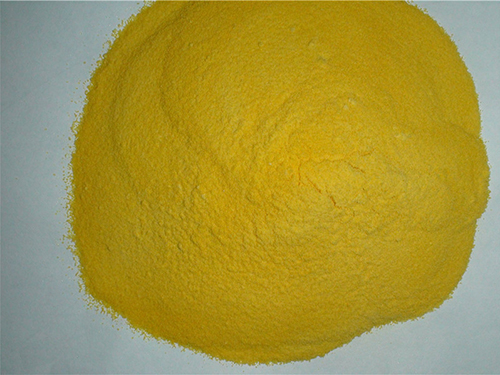flocculants used in water treatment
The Role of Flocculants in Water Treatment
Water is an essential resource for life, yet its quality often suffers due to various pollutants. As communities and industries recognize the importance of clean water, the demand for effective water treatment solutions has surged. One such solution is the use of flocculants, which play a crucial role in removing suspended particles and contaminants from water, thereby improving its quality for consumption and other uses.
What are Flocculants?
Flocculants are chemical substances that promote the clumping of particles in a liquid. By binding fine particles together into larger aggregates, or flocs, flocculants make it easier to remove these impurities from water. Commonly used in water treatment processes, these agents can be synthetic polymers or naturally occurring substances, such as starches or gum. The choice of flocculant depends on various factors, including the type of contaminants present and the desired outcome of the treatment process.
Types of Flocculants
Flocculants can be broadly classified into three categories organic flocculants, inorganic flocculants, and natural flocculants.
1. Organic Flocculants These are synthetic polymers, often derived from acrylamide or other monomers. They are highly effective in removing turbidity from water and are widely used in municipal water treatment facilities due to their efficiency and adaptability to various water conditions.
2. Inorganic Flocculants Commonly referred to as coagulants, these include aluminum sulfate, ferric chloride, and lime. They are excellent at destabilizing colloidal particles, facilitating their aggregation into larger flocs. In some cases, inorganic flocculants are used in combination with organic flocculants to enhance treatment performance.
3. Natural Flocculants Derived from plant or animal sources, natural flocculants include substances like chitosan and alginate. They are increasingly being considered as sustainable alternatives, particularly in regions where environmental concerns dictate the need for eco-friendliness.
The Flocculation Process
The flocculation process typically involves several stages
flocculants used in water treatment

1. Coagulation The addition of flocculant agents destabilizes the fine particles suspended in water. This stage is critical because it prepares the particles for aggregation by changing their electrical charge, allowing them to bind together.
2. Floc Formation As the particles clump together, larger aggregates, or flocs, begin to form. The efficiency of this stage depends on factors such as the type and dosage of flocculant used, as well as the mixing intensity.
3. Settling Once the flocs have formed, they settle at the bottom of the treatment basin due to gravity. This sedimentation phase is essential for separating the clean water from the accumulated sludge, which contains the removed contaminants.
4. Filtration In many cases, the water may undergo further filtration to remove any residual flocs or smaller particles that remain suspended. This step enhances the clarity and purity of the final product.
The Importance of Flocculants in Water Treatment
Flocculants serve multiple vital purposes in water treatment
- Efficiency in Particle Removal By enhancing the aggregation of fine particulates, flocculants significantly reduce turbidity levels, resulting in clearer water.
- Cost-Effectiveness The use of flocculants can decrease the overall operation costs of water treatment facilities by reducing the need for excessive filtration and enabling faster sedimentation processes.
- Environmental Considerations The increasing use of natural flocculants aligns with the growing emphasis on environmentally sustainable practices in water treatment. These substances often have a lower ecological footprint compared to synthetic alternatives.
Conclusion
In conclusion, flocculants are indispensable in modern water treatment processes. Their ability to efficiently aggregate and remove suspended particles not only improves water quality but also supports public health and environmental sustainability. As water treatment technologies continue to evolve, the role of flocculants will likely expand, driving innovation in the quest for cleaner and safer water for all. Understanding their complexities and applications will remain essential for engineers, chemists, and environmentalists committed to ensuring access to safe drinking water worldwide.
-
Water Treatment with Flocculant Water TreatmentNewsJun.12,2025
-
Polymaleic AnhydrideNewsJun.12,2025
-
Polyaspartic AcidNewsJun.12,2025
-
Enhance Industrial Processes with IsothiazolinonesNewsJun.12,2025
-
Enhance Industrial Processes with PBTCA SolutionsNewsJun.12,2025
-
Dodecyldimethylbenzylammonium Chloride SolutionsNewsJun.12,2025





